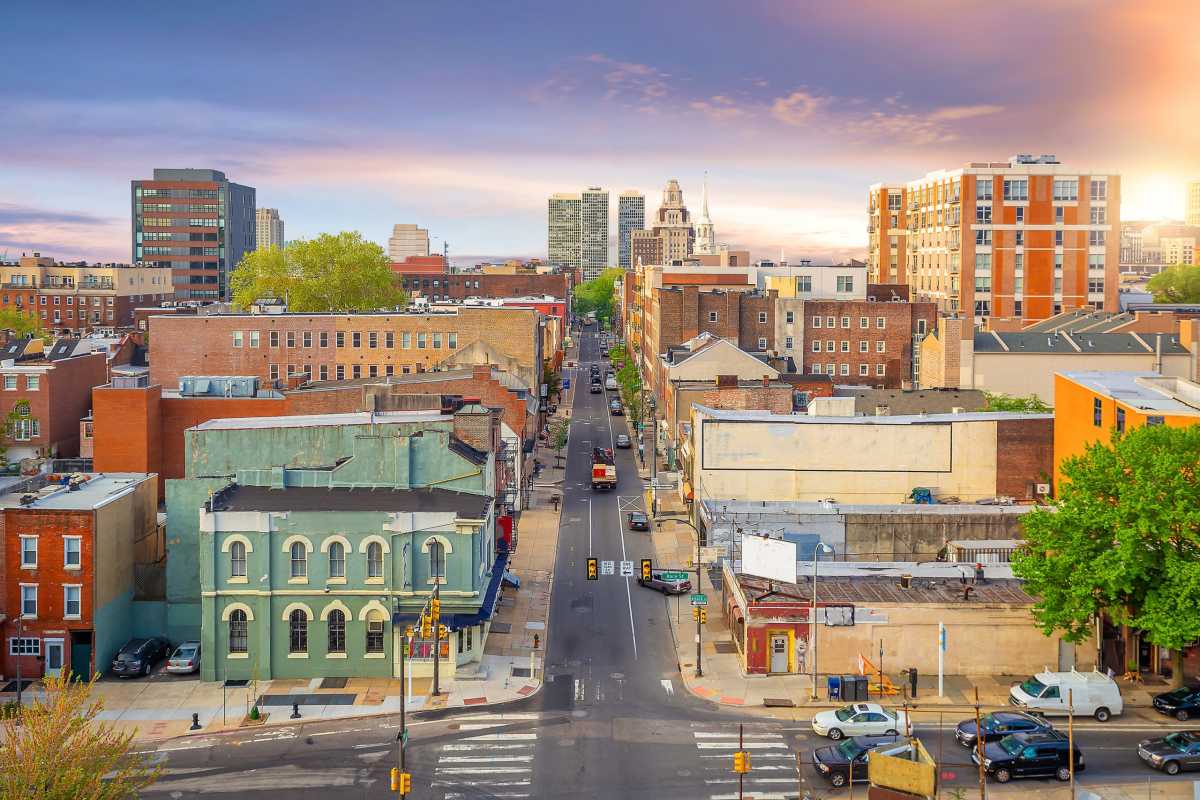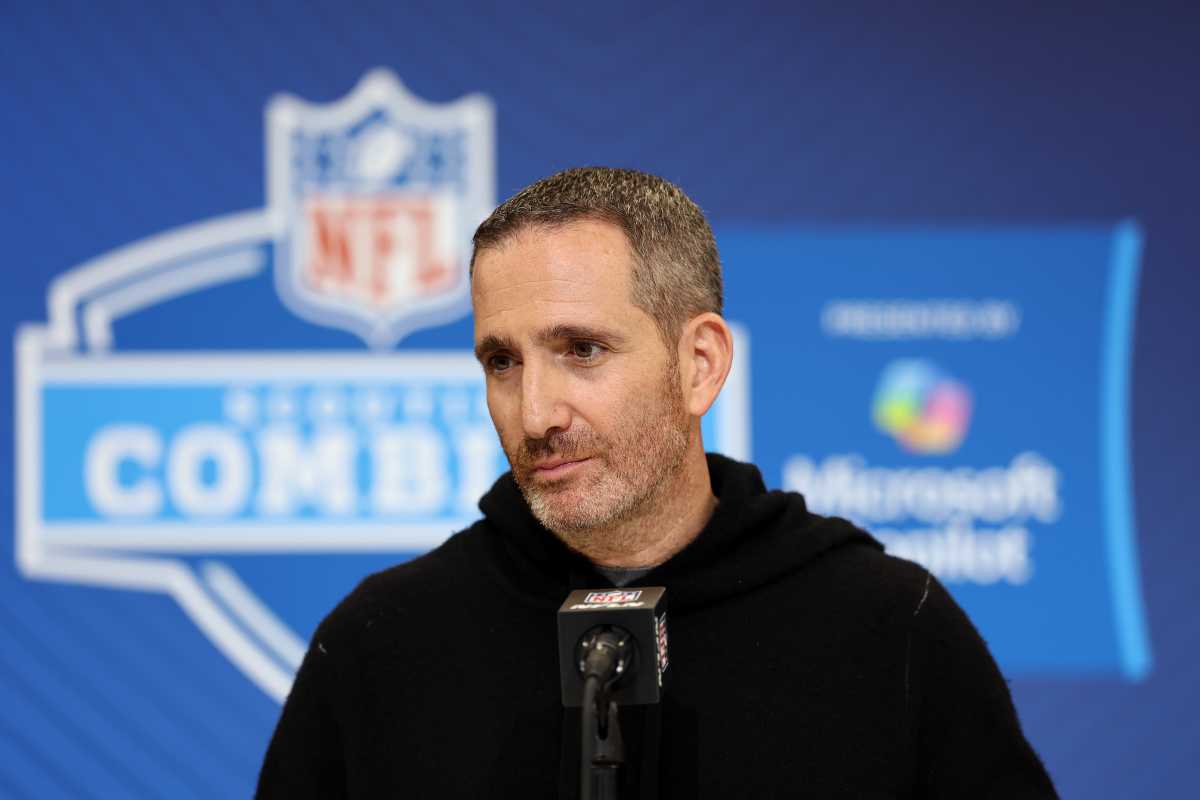In recent months, from grocery aisles to gas stations to the cost of popular holiday gifts, evidence of higher prices is everywhere. As anyone who has taken Economics 101 would be able to quickly explain, costs of goods and services rise when demand for them outstrips their supply. Whether due to supply chain snags, pent up demand as COVID lockdowns lift or consumers feeling flush after stimulus payments, the pandemic has not changed this basic tenant of economics.
But as unmistakable as the rise in prices has been, what has been equally impossible to miss is the large number of “Help Wanted” signs offering pay two- and three-times minimum wage as employers desperately seek workers to meet demand. This increase in wages is being driven by the same dynamic that is lifting prices at cash registers: the demand for workers is far outpacing the supply and it therefore costs more to obtain them. But for some reason the importance of this supply and-demand problem for workers is lost on many policy makers in Philadelphia.
Which is unfortunate, since it is clear that the best way to reduce the number of people living in poverty in Philadelphia is to increase the number of people working and the wages those workers earn.
Of course, it isn’t simple to create demand for workers – but there are examples. The first step is to make it easier for businesses to hire more workers. Philadelphia has one of the highest and most complicated local tax rates in the nation, which has contributed to a steady exodus of businesses from the city. Philadelphia has far fewer business establishments per capita than comparable locales and one of the lowest rates of new minority-owned businesses. To increase the number of businesses here – and increase the demand for workers and higher wages – we need to make it more affordable to operate by reducing the wage tax, which most small business owners pay, and reform the city’s BIRT tax.
Leaders in City Hall should use some of the federal stimulus funds passed by Congress and signed into law by President Biden to reduce the city’s wage tax below 3% over the next 15 years and enact a 10-year plan to cut the net income portion of the BIRT tax in half to a rate of 3.10%.
If the city does that, it could add tens of thousands of jobs over the next five years with 75% of the benefits going to Philadelphia residents. Millions would be back into the pockets of city residents, all without any harm to the city’s budget.
There’s more to do, of course. Efforts like Build Latino and Accelerate Latinx run by the Hispanic Chamber, Coaching to Capital and the Business Empowerment series produced by the African American Chamber, Entrepreneur Resource meetings held by the Asian American Chamber and the Diverse Procurement Collaborative (DPC) initiative from the Greater Philadelphia Chamber of Commerce support Black, brown, Asian and other local businesses, helping them to grow and create new jobs.
In short, by increasing the demand for workers, Philadelphia can increase the number of people working and decrease the number living in poverty. But it will take a many faceted approach and an understanding in City Hall that job creation is not just the best way to move people out of poverty, it is the only way.
Hopefully, the real-world experience of businesses increasing wages to attract and retain workers will help city decision makers understand this basic economics lesson — even if they only do so by reading the “Help Wanted” signs in storefront windows.
Jennifer Rodriguez is the President and CEO of the Greater Philadelphia Hispanic American Chamber of Commerce and a member of the Inclusive Growth Coalition.

























